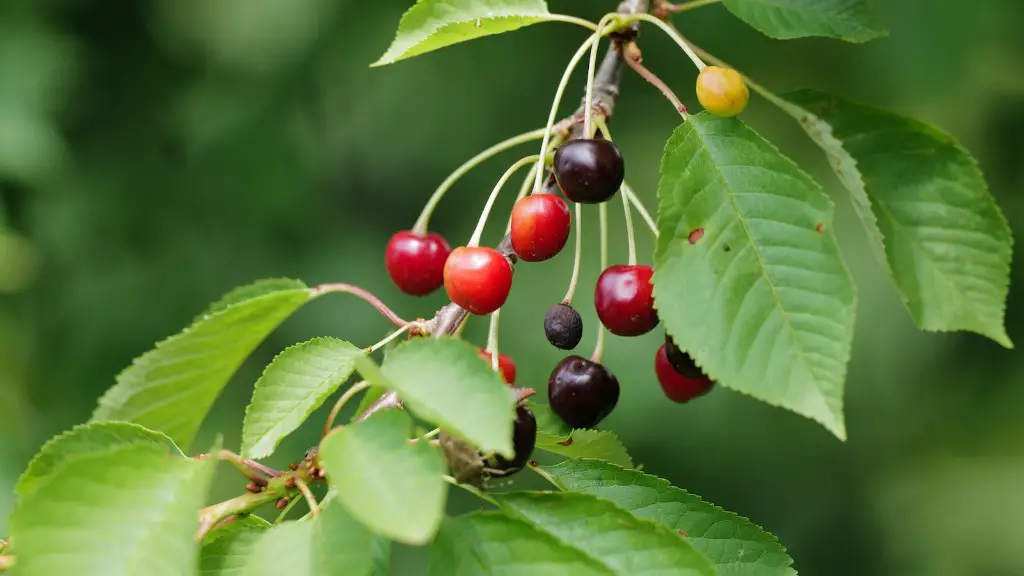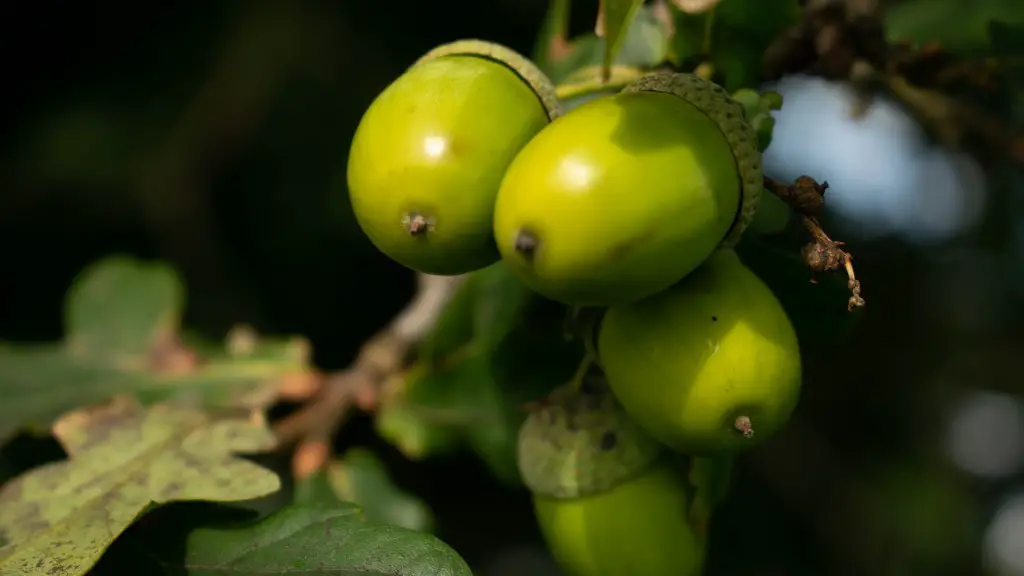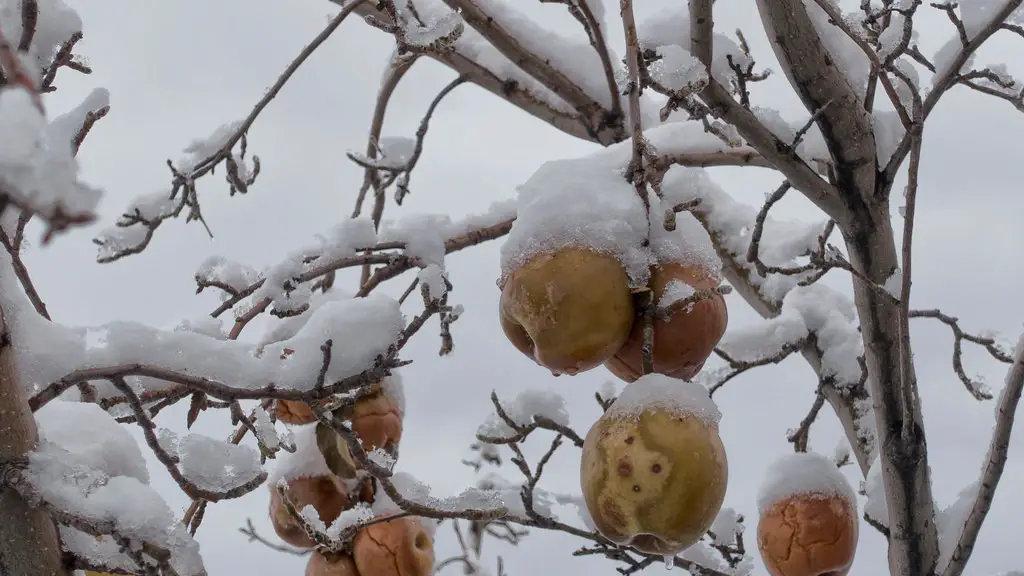When winter arrives, many gardeners face a difficult decision on when to bring their lemon trees indoors. There’s no one answer that applies to everyone. The right time depends on temperature, health of the tree, and other environmental factors. Here’s a guide to help you choose when to bring your lemon tree indoors.
The best time to bring your lemon tree inside is in late fall or early winter before temperatures drop significantly. When the temperature dips just to around 50°F (10°C), the tree should be moved indoors to be protected from the cold. It’s important to recognize that at temperatures below 40°F (4.4°C), frost can damage some lemon tree leaves and even kill the tree.
Before bringing the tree inside, you’ll need to assess its state of health. Take a look at the leaves and ensure that there are no issues like disease or insect infestations. If there are, it’s best to treat these before you bring the tree inside, as they can spread quickly in an enclosed space. You’ll also want to prune any dead or damaged leaves since these can draw energy away from healthy ones.
When bringing the tree inside, it’s important to choose a sunny spot. Most lemon trees need at least 6 hours of sunlight exposure a day. If you don’t have a sunroom or pull a great deal of natural light inside, you can use grow lights to supplement.
Once your lemon tree is in the house, caring for it is very different from caring for it outside. Since you can’t rely on rainfall to water the tree, you will need to water it more frequently – about twice a week. The most important thing for a lemon tree indoors is air circulation. Without it, diseases can spread quickly. Make sure to keep any windows open during the day and keep the tree out of humid rooms like bathrooms and kitchens.
Finally, it’s worth noting that with care, your lemon tree should be able to survive indoors over the winter months. After the weather warms, you can return the tree outdoors but keep an eye on it since the transition can sometimes be challenging. You may need to gradually adjust your lemon tree to changing temperatures and conditions.
Indoor Care for Lemon Trees in the Winter
During the winter, your lemon tree will require a great deal of attention. This can range from the type of soil you use to the number of hours of direct sunlight it receives. All these factors must be carefully monitored to ensure that your lemon tree remains healthy throughout the cold winter months.
To start, when bringing a lemon tree indoors, it’s important to choose the right type of soil. The soil must be porous and well-drained, as lemon trees don’t do well in soggy soil. When watering your lemon tree, you’ll want to control the amount of water it receives. If it’s watered too much, the tree is at risk of root rot. The amount of water will also depend on the humidity levels in the room.
Exposure to the sun is also very important. A lemon tree needs at least 6 hours of direct sunlight daily. If your room is not well-lit, you may consider purchasing a grow light to supplement the natural sunlight. Additionally, you may need to slowly acclimate your tree to direct sunlight, as the leaves may become scorched if the tree is suddenly exposed.
Finally, air circulation is critical. Without proper air flow, diseases like powdery mildew can spread quickly. To avoid this, you should keep the windows open during the day, keep a fan going, and move the tree occasionally to allow for air circulation. This will help keep diseases at bay and ensure your tree stays vibrant in the winter.
Temperature Control
Temperature control is also vital to keeping your lemon tree healthy during the winter. Too little temperature and your tree won’t be able to survive; too much, and it could suffer from wilting or burn its leaves. As a general rule, most lemon trees do well in rooms where temperatures don’t drop lower than 40-50°F (4.4-10°C).
During the winter, you’ll need to monitor the room’s temperature and adjust your heating system accordingly. If you live in a particularly cold area, you may want to look into purchasing a window insulation sheet in order to keep the temperature consistent. You also have the option of purchasing a portable space heater or reversing your ceiling fan in order to draw cold air away from the tree.
On the other hand, it’s important to look out for temperature spikes. These can occur suddenly during the day and should be avoided. If your thermometer shows the temperature suddenly rising, you should take action quickly by either cooling the room with a fan or using ice packs to bring the temperature down. If your lemon tree is receiving direct sunlight, it’s important to move the tree away to a shadier spot.
Humidity Levels
In addition to temperature, humidity plays a major role in keeping plants healthy. Too much humidity can result in mold and mildew, while too little will cause leaves to dry out. Lemon trees thrive in an environment with between 50-60% relative humidity.
When you bring your lemon tree indoors, this should be monitored closely. If the humidity levels in the room are too high, you can use a dehumidifier or open a window or two to let heat and moisture escape. If, on the other hand, the humidity levels are too low, purchasing a humidifier is a great way to get it back up to a healthy level. You may also want to mist the leaves of your lemon tree a few times a week to give them an extra dose of moisture.
It’s also helpful to add a humidity tray underneath to your pot. This allows the water to evaporate near the leaves, increasing the humidity around them. The levels should be monitored frequently, as a sudden drop or spike can have serious consequences for your lemon tree.
Fertilization and Pruning
Fertilization and pruning are important parts of the wintertime routine when it comes to taking care of your lemon tree indoors. While it’s not necessary to fertilize your tree monthly while indoors, it’s important to provide nutritional support with a water-soluble fertilizer twice during the season. Additionally, you should monitor the leaves of the tree, pruning any dead leaves or branches as needed.
Pruning is a great way to keep a lemon tree healthy and allows for new growth during spring. Make sure to use sharp, sterile tools when pruning and avoid cutting too much at once. Additionally, take note of any leaf discolorations or insect infestations, and treat them as soon as possible.
And finally, rotating the pot where your lemon tree is housed is a great way to ensure the tree gets adequate sunlight. Make sure to rotate it in different directions throughout the week or month to give the leaves the proper amount of sunlight.
Light and Environment Changes
When transitioning your lemon tree inside, you also need to take into account environmental changes. Both light and temperature levels will likely differ from those of the outdoors, which can affect the health of your lemon tree. To start, you’ll need to take note of the amount of sunlight your tree receives. If the tree is receiving less sunlight than it usually does outside, consider purchasing a grow light to supplement the natural light.
You’ll also need to slowly transition your tree to temperature changes. Make sure to keep it away from drafty windows and radiators, as sudden temperature changes can damage your tree. Additionally, take note of any sudden cold spells in your area and transition the tree indoors until the weather warms up.
Finally, it’s important to take note of changes in humidity levels. To maintain healthy levels, make sure to use a hygrometer to monitor humidity and get a humidity tray if needed. You’ll also want to mist the leaves of the tree once or twice a week, as this adds an extra dose of moisture that the tree needs.
Insect and Disease Control
When transitioning a lemon tree indoors, it’s important to monitor it closely for signs of insect damage or disease. Many citrus pests, such as mealybugs, can quickly spread indoors, while fungal diseases can cause leaves to wilt and turn yellow. Additionally, citrus scab, canker and greasy spot can quickly cause destruction to a lemon tree.
To prevent the spread of infestations, it’s important to quarantine new plants prior to bringing them into a room. Additionally, regular monitoring of your lemon tree can help to detect any possible issues early on. Make sure to look for brown spots on leaves, wilting and yellowing of leaves, as well as strange insects on the tree.
If an infestation is discovered, make sure to treat it quickly and to avoid introducing a fungus or insecticide indoors. Some organic and chemical-free treatments like horticultural oil and insecticidal soap may be used on leaf spot and mite problems. Additionally, trimming any diseased limbs and leaves quickly can help limit the spread.
Conclusion
When deciding when to bring your lemon tree indoors, there’s no one answer that applies to everyone. While temperature, health of the tree, and other environmental factors are important, the key is to monitor your tree closely and provide the right care, such as proper fertilization, pruning, and insect and disease control. With proper care, your lemon tree will be able to withstand the winter months and be ready to flower again in spring.




